Past news
FROM THE GRAN SASSO LABORATORIES TO THE BIG BANG, AND BACK
FROM THE GRAN SASSO LABORATORIES TO THE BIG BANG, AND BACK
The LUNA experiment sheds light on the density of matter that makes up everything we know of in the universe
There is a key process – in the sequence of reactions known as Big Bang Nucleosynthesis – that led to the production of the lightest chemical elements in the first moments of life of our universe: it is the reaction by which a proton and a nucleus of deuterium fuse together to form the stable isotope of helium, Helium-3.
This reaction has now been studied with unprecedented precision at LUNA (Laboratory for Underground Nuclear Astrophysics), at the Gran Sasso National Laboratories of the INFN. Thanks to this study, it has been possible to refine the calculations of the primordial nucleosynthesis and to obtain an accurate determination of the density of ordinary (or “baryonic”) matter, which makes up everything we know of, including living species.
The results of the measurement conducted by the LUNA Collaboration, and their cosmological impact were published today, 12/11/2020 in the journal Nature, https://www.nature.com/articles/s41586-020-2878-4
In this particular study we have benefited from the precious contribution of the theoretical group of astroparticle physics and theoretical cosmology of the Federico II University of Naples, to arrive at an accurate determination of the baryon density. An important contribution to the description of nuclear interaction was also provided by the theoretical nuclear physics group of the University of Pisa.
The LUNA experiment will continue its scientific activity over the next decade with the LUNA-MV project, focused on the study of key reactions important to understand the chemical composition of the universe and the nucleosynthesis of the heavy elements
LUNA is an international collaboration of about 50 scientists from Italy, Germany, Hungary and the United Kingdom. The list of collaborating institutions includes: the National Laboratories of Gran Sasso, the INFN sections and the Universities of Bari, Genoa, Milano Statale, Naples Federico II, Padua, Rome La Sapienza, Turin, and the INAF Observatory of Teramo (Italy); the Helmholtz-Zentrum Dresden-Rossendorf (Germany), the ATOMKI in Debrecen and the Konkoly Observatory of Budapest (Hungary); and the School of Physics and Astronomy of the University of Edinburgh (United Kingdom).
For further information: Gianluca Imbriani This email address is being protected from spambots. You need JavaScript enabled to view it.
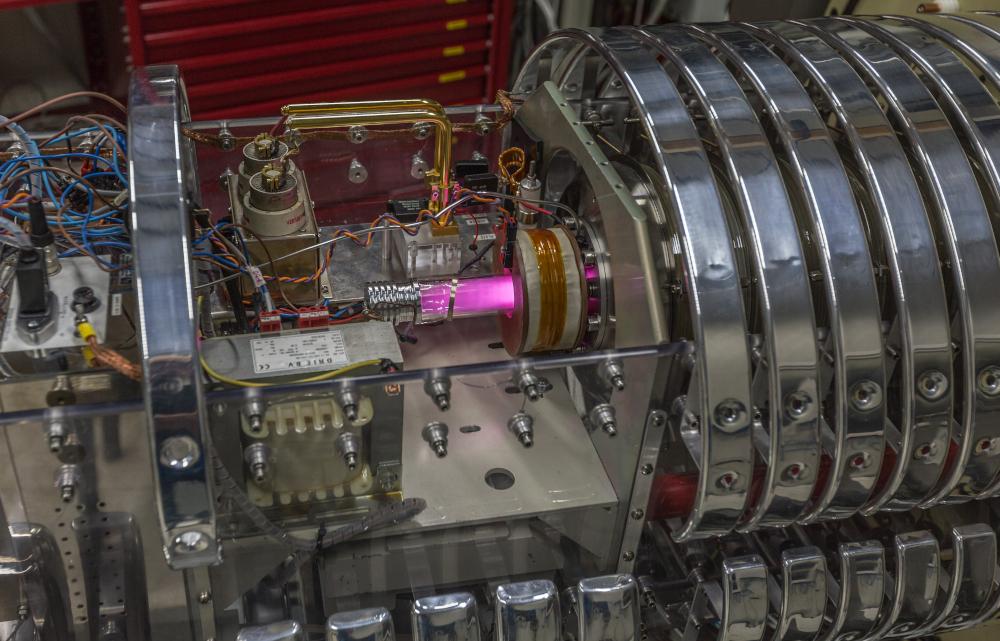
DOE, Brookhaven Lab, and Jefferson Lab Launch Electron Ion Collider Project
DOE, Brookhaven Lab, and Jefferson Lab Launch Electron Ion Collider Project
On 18 September the event: "Electron-Ion Collider Project Launch" was held in the presence, among others, of the U.S. Department of Energy (DOE) Under Secretary for Science Paul Dabbar, leaders of Brookhaven National Laboratory (Brookhaven Lab) and Thomas Jefferson National Accelerator Facility (Jefferson Lab). Fabiola Gianotti, CERN Director-General, also intervened, testifying to the interest and support of the European scientific community for the project, which aims to create the 3.9-km circumference collider for the study of the properties and dynamics of quarks and gluons.
More details on the event can be found at the two links below:
- link 1
- link 2
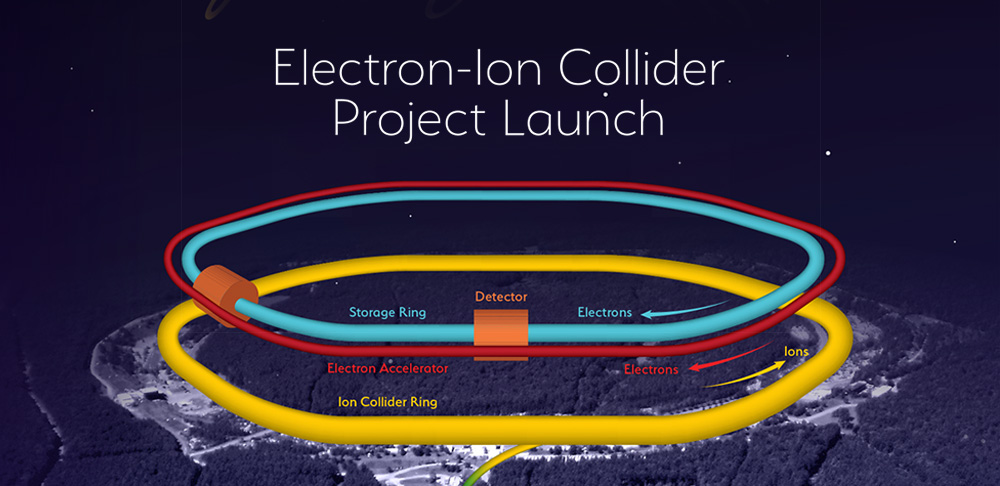
VIP experiment at Laboratori Nazionali del Gran Sasso challenges Penrose theory
VIP experiment at Laboratori Nazionali del Gran Sasso challenges Penrose theory
A new record was achieved in the study of the gravity-related wave function collapse model, which was proposed by Lajos Diósi and Roger Penrose (DP model) in order to solve the measurement problem. The experimental research was performed in the framework of the VIP collaboration, having Catalina Curceanu as Spokesperson and Kristian Piscicchia as INFN responsible.
The experiment looked for signal of a characteristic spontaneous radiation emission, which is predicted by the model. The measurement was performed at the underground Gran Sasso National Laboratory exploiting a High Purity Germanium detector. The results were recently published in the Nature Physics research article "Underground test of gravity-related wave function collapse". The experimental sensitivity was, for the first time, such as to falsify the model, at least in the present version. The measured upper limit on the spontaneous ration rate is orders of magnitude less then the theory expectation.
The group is collaborating with expert theoreticians in this sector (among which Penrose and Diósi themselves) to the development of a new “gravity-related collapse” model, and already works to the design and realization of an even more sensitive experiment, in order to test other elusive collapse models.
The work published in Nature Physics was widespread disseminated:
- link 1
- link 2
- link 3
- link 4
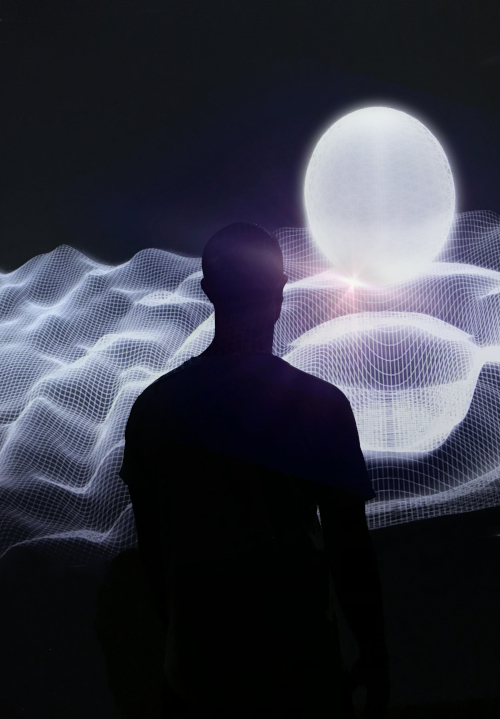
Still from interactive video installation, courtesy of camerAnebbia
Science3IP – the Science trip to the Third Sector Organizations, Institutions and Politics
Science3IP – the Science trip to the Third Sector Organizations, Institutions and Politics
Science3IP – the Science trip to the Third Sector Organizations, Institutions and Politics is an innovative scientific outreach program able to directly engage the deputies (or members) of the Assemblea Regionale Siciliana (ARS) and more than 60 no‐profit Organizations thus establishing, for the first time, a direct partnership between Research, the Community, the no‐profit Organizations and the regional Political‐Institutional system.
The project ‐ although not a winner of the “Physics Involving People” call – has been deemed worthy to be financed with extra‐Call funds since its objectives and the way to involve the target audience have been evaluated innovative.
More details at this link.
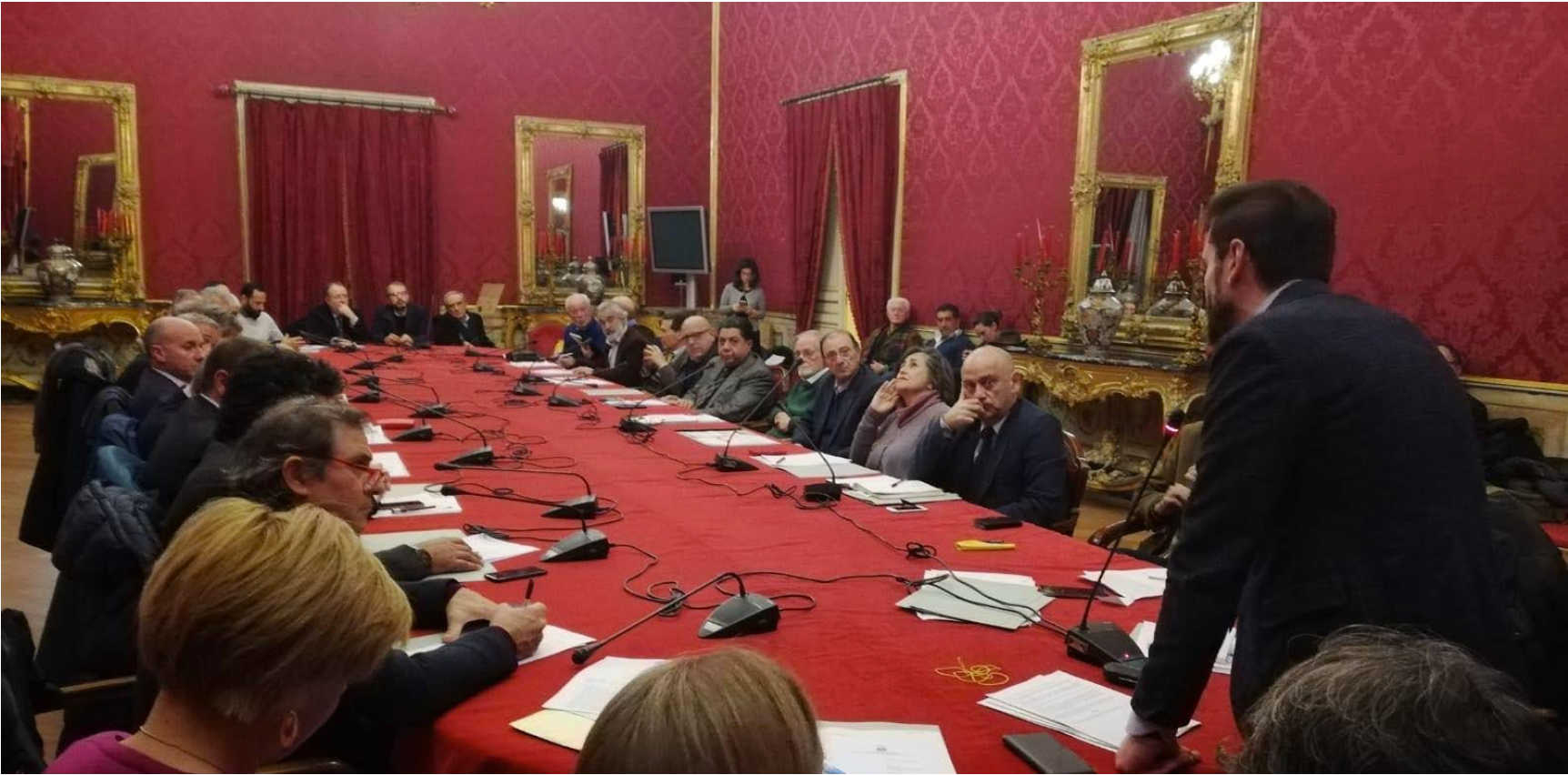
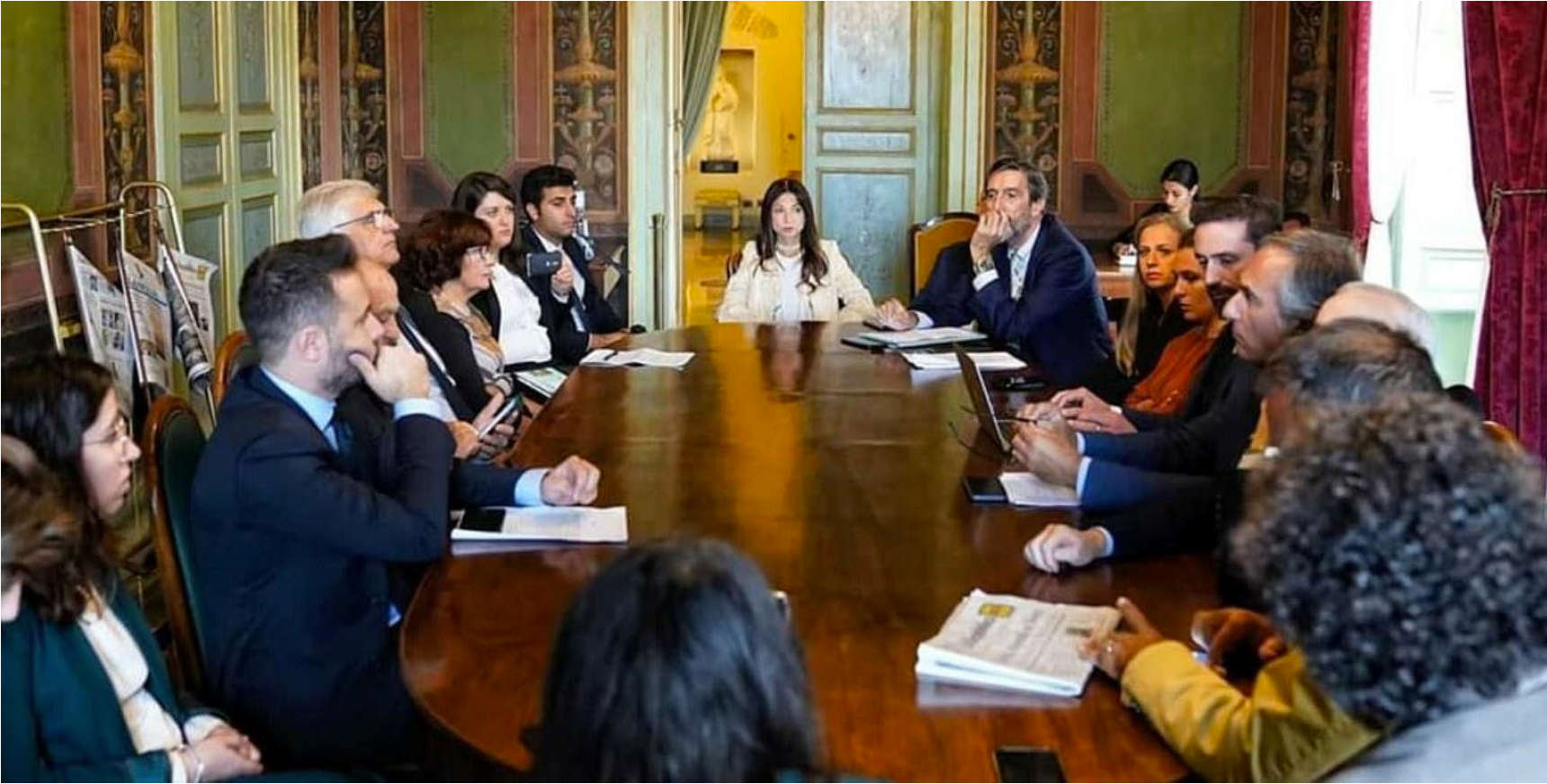
In the pictures, some participatory workshop carried out at “Palazzo dei Normanni”, i.e. the site of the Sicilian regional Parliament, between non-profit organizations and the regional deputies on topics of Agriculture, Welfare and social inclusion.
Astrophysics between lockdown and upgrade
Astrophysics between lockdown and upgrade
On May 18 following the prescriptions given by INFN nationwide and the local regulations of INFN LNS experimental activities at LNS has re-started, following the schedule which was approved before the COVID emergency. Two of the experiments, both regarding nuclear Astrophysics, were suggested by the ASFIN2 collaboration, of the national scientific commission 3. The experiments, successfully completed thanks to the extraordinary technical support of the LNS staff, that we gratefully mention, were aimed to measuring the cross section of the reazione 27Al(p,α)24Mg and studying the 10Be+4He fusion which have strong motivations in the field of the Multimessenger astronomy and solar system formation. The overall data taking lasted more than 30 days.
The first experiment, ALFA (ALuminum For Astrophysics), started on 18/5, represents the first measurement performed in an INFN national laboratory (among the first in Europe) after the great lockdown. The second, CHAIN, takes advantage of the unstable isotope 10Be accelerated with the LNS tandem rapresents the last experiment performed at LNS before the accelerator shutdown due to the upgrading of the LNS Cyclotron.
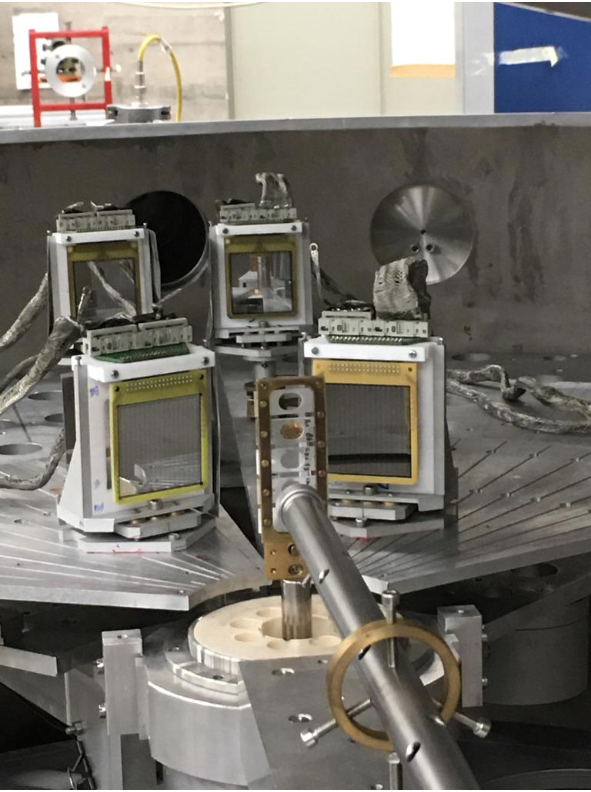
Picture of the ALFA experimental setup inside CHAMBER 2000 at LNS
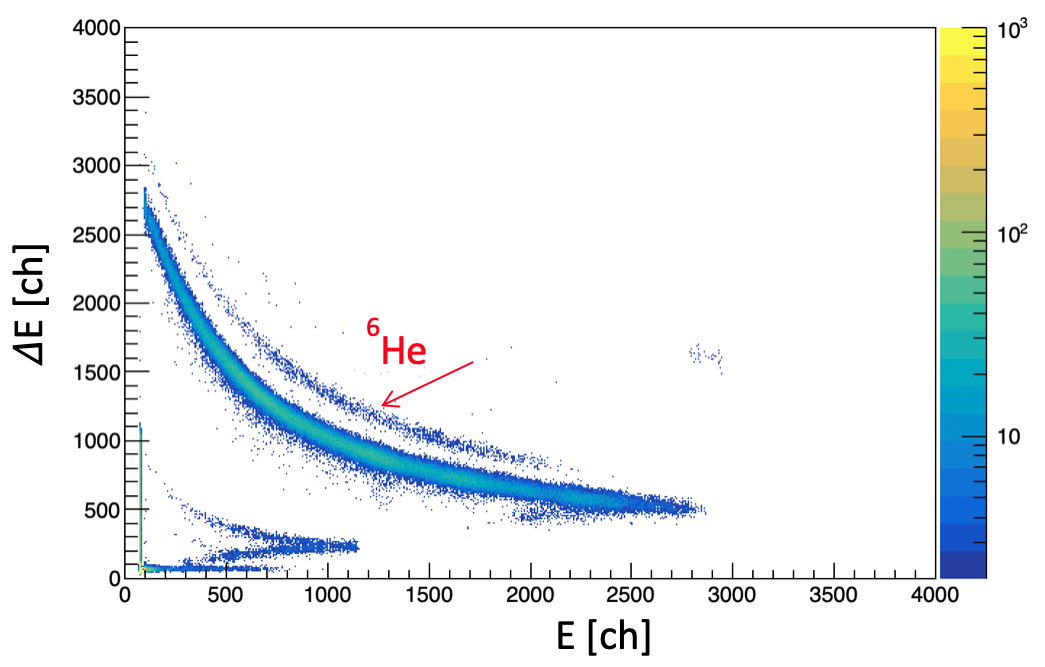
2D identification spectrum of the products of the 10Be+4He fusion